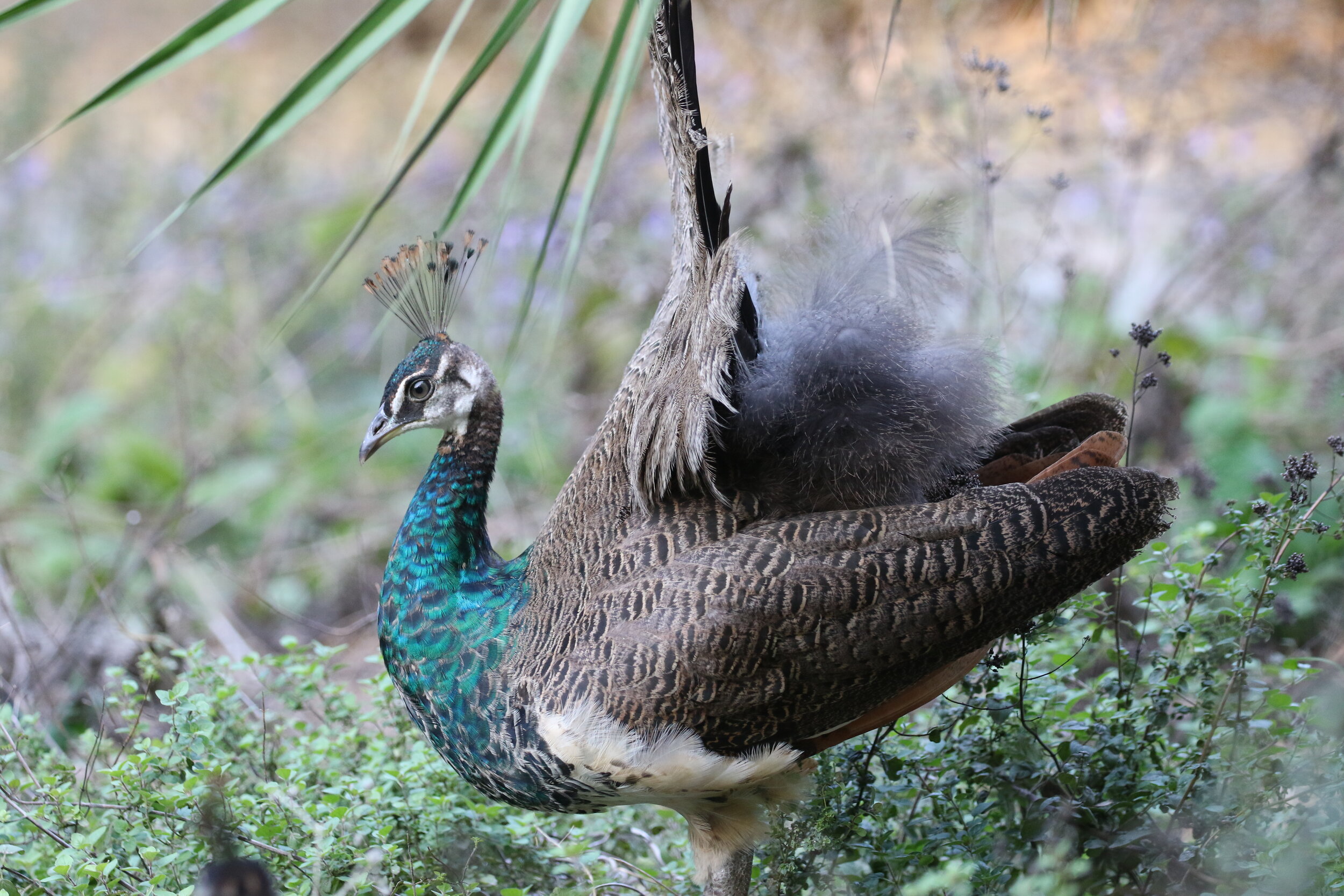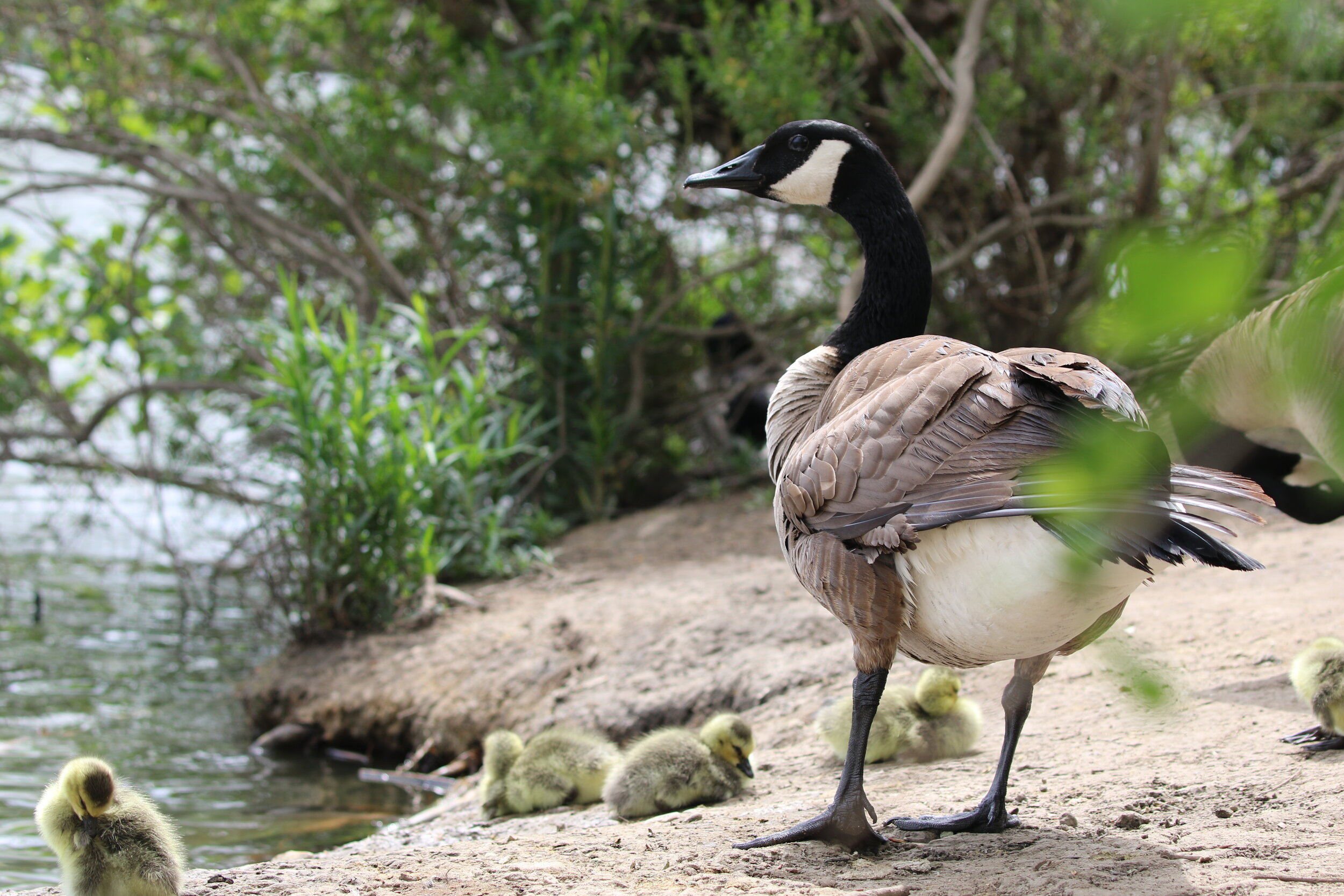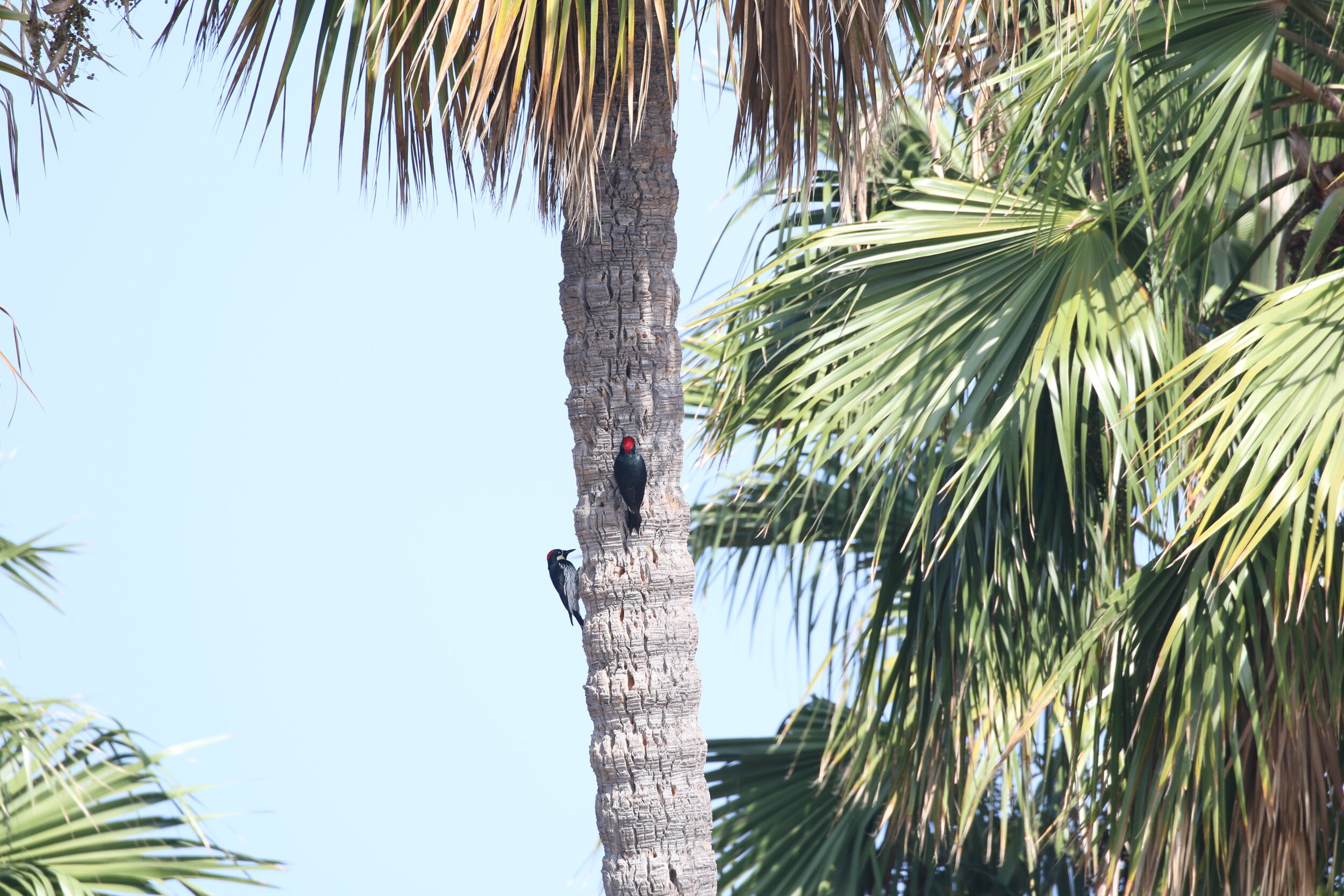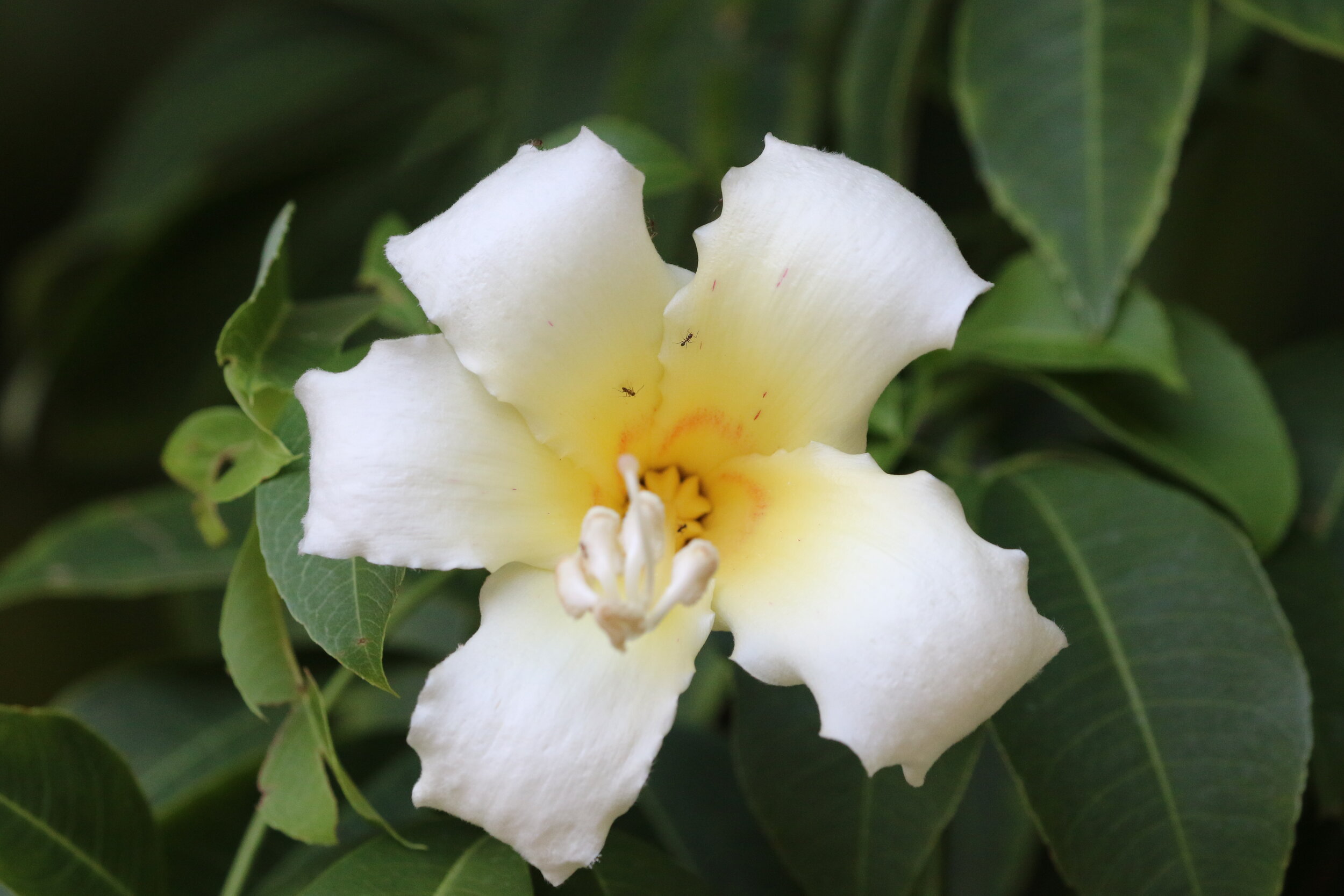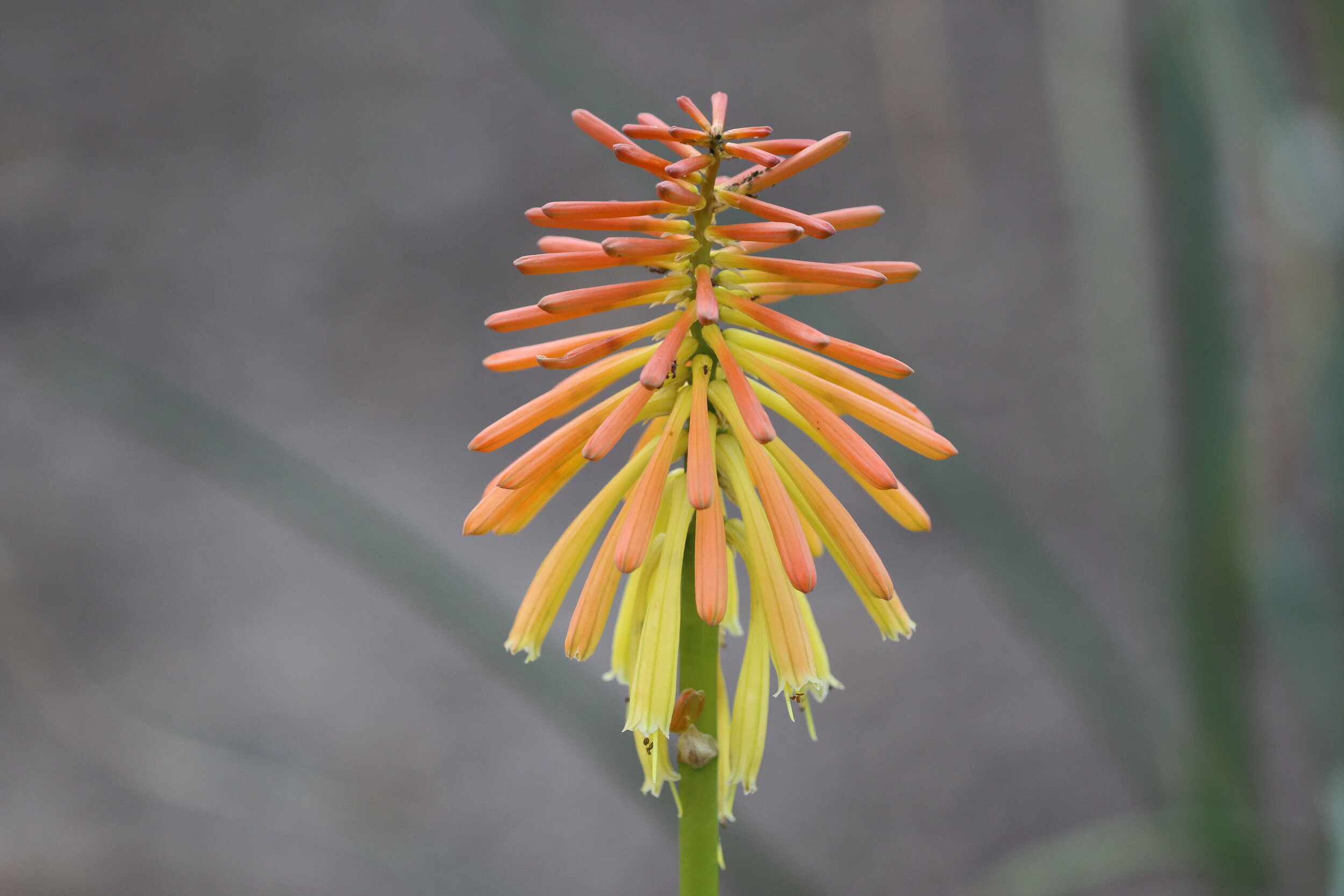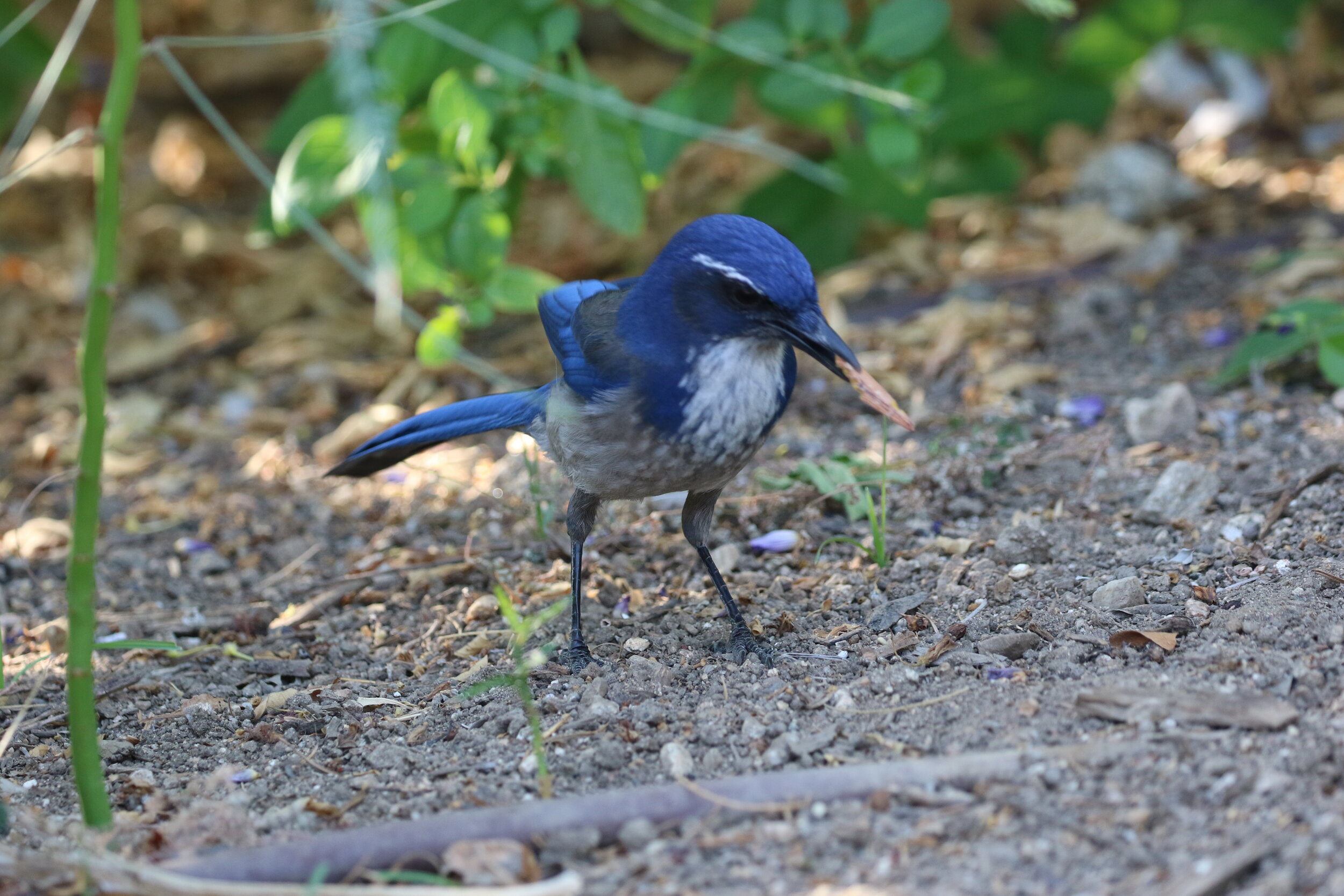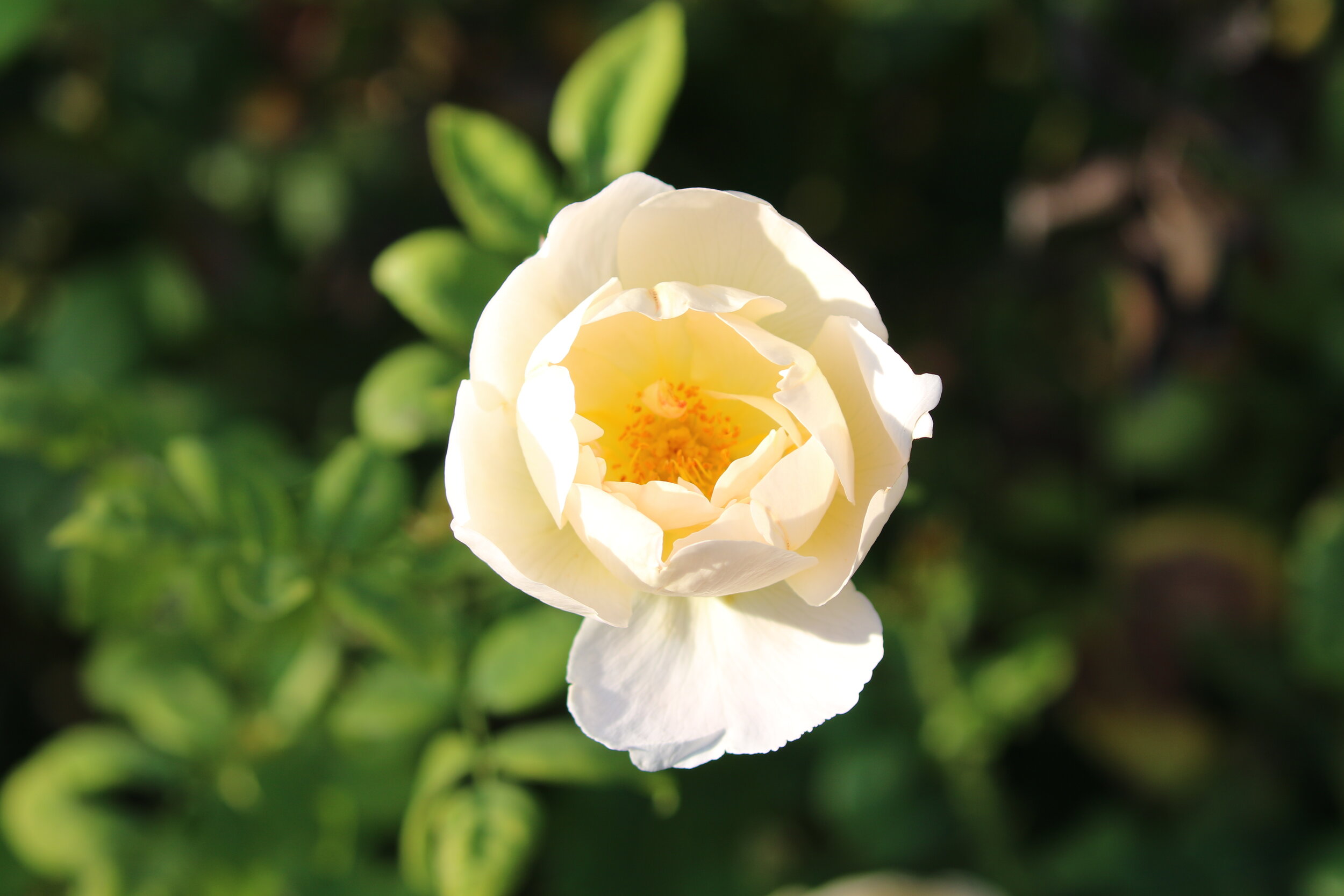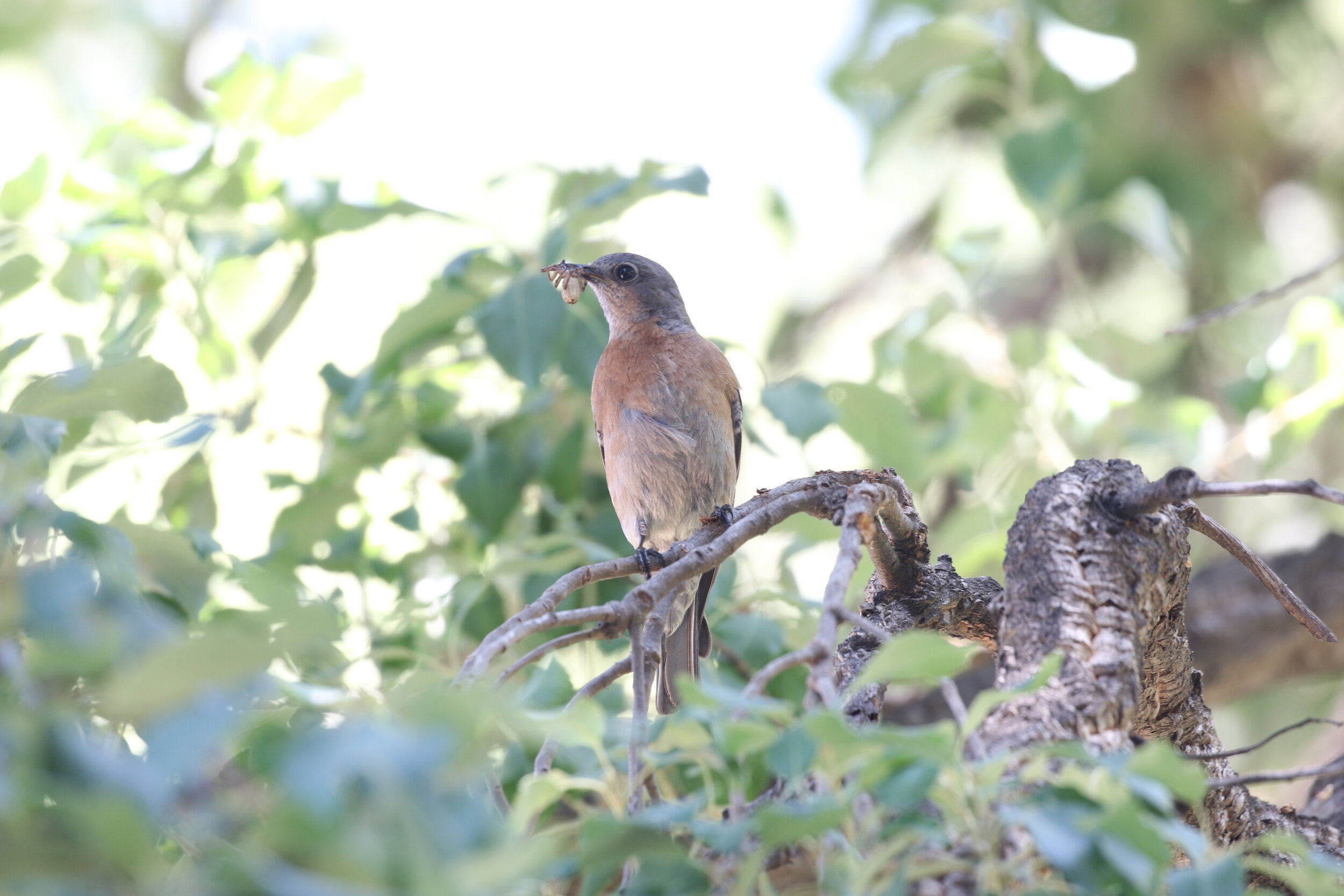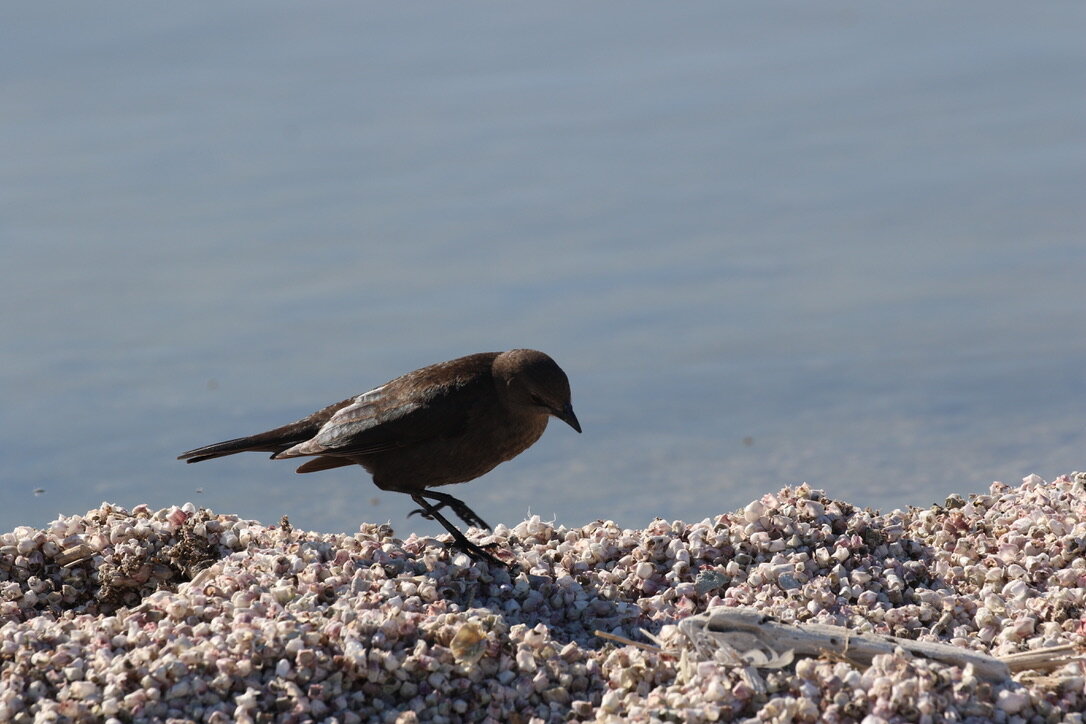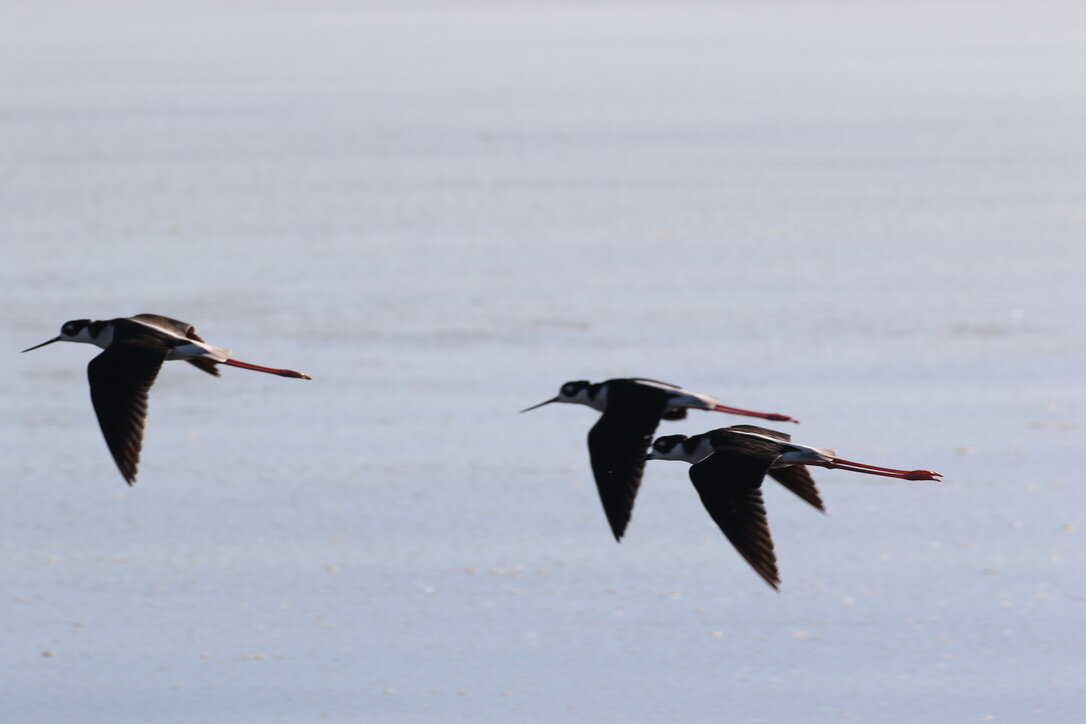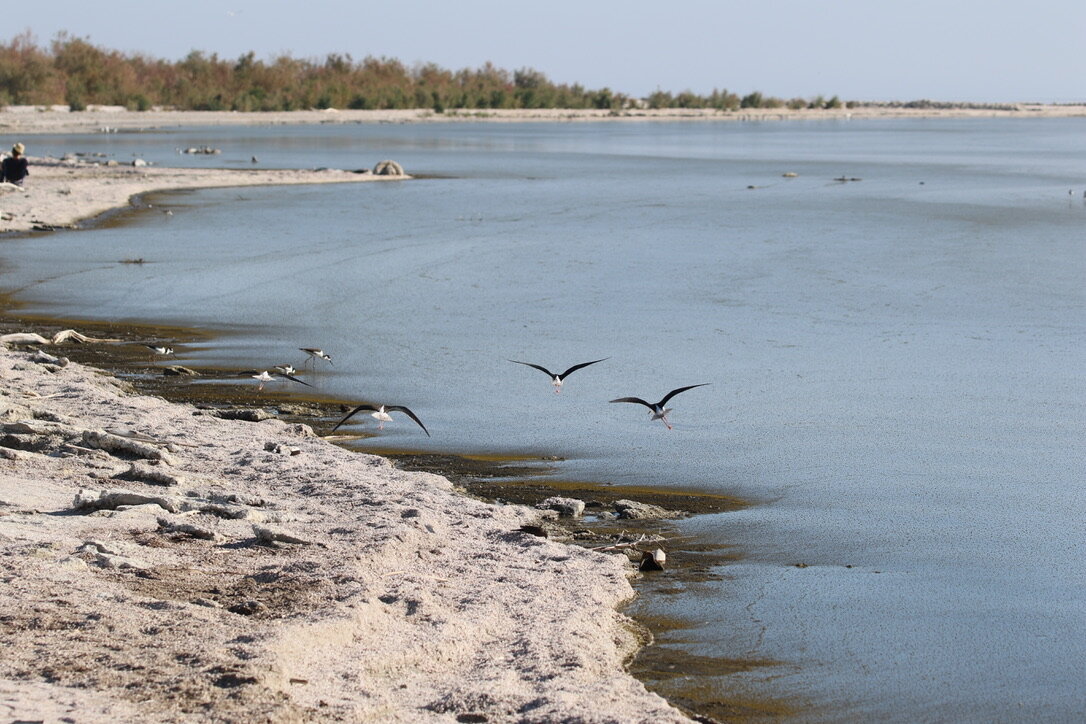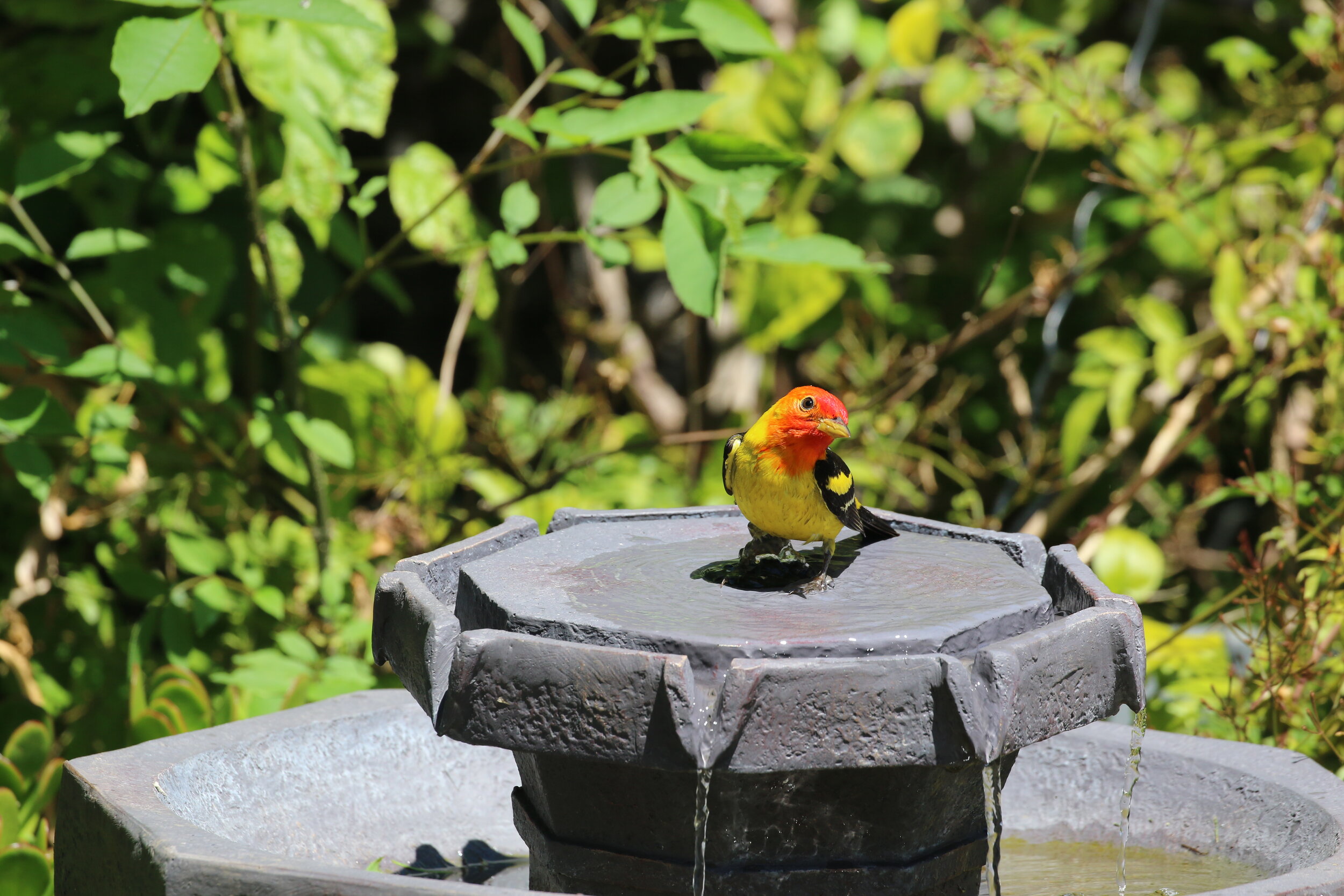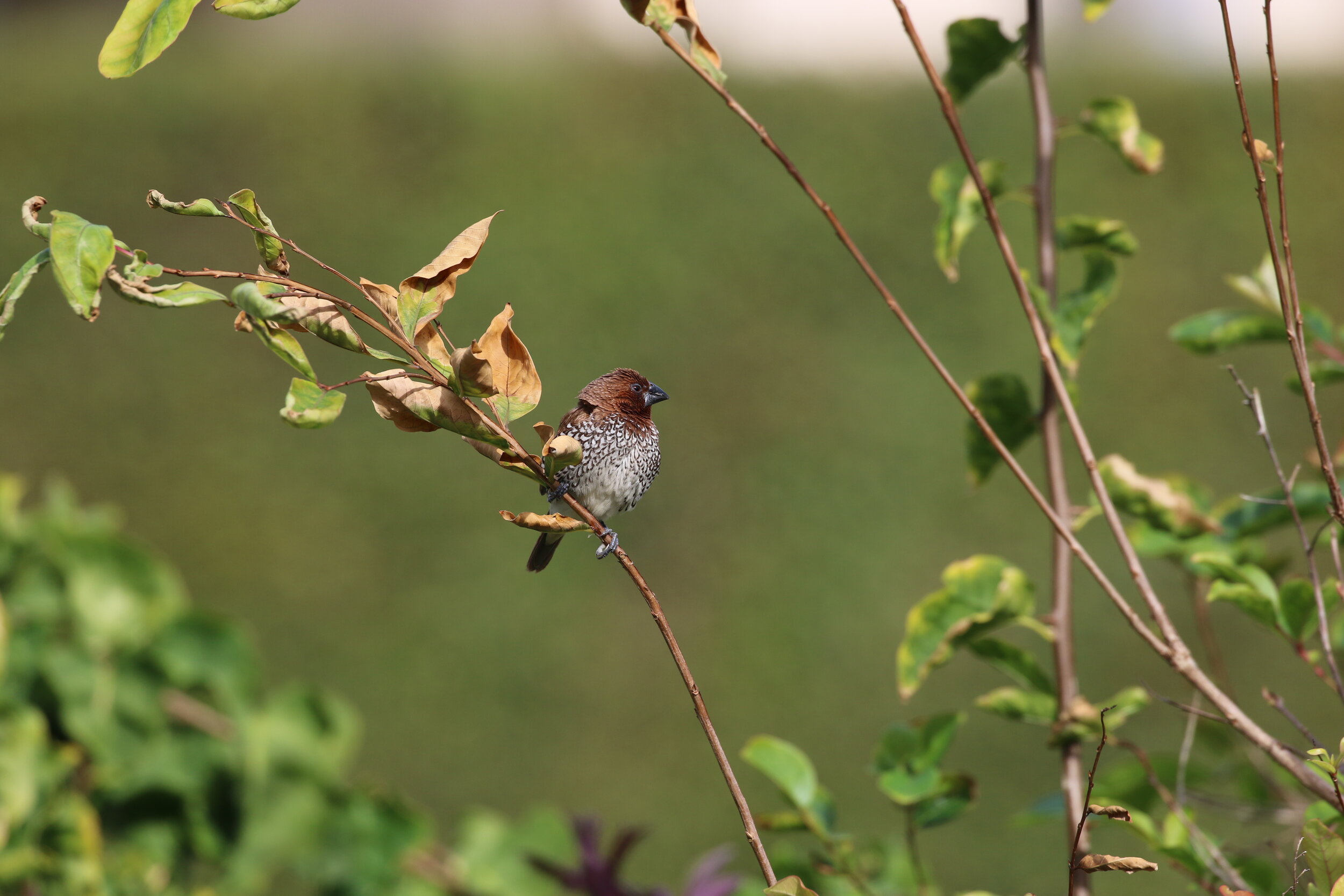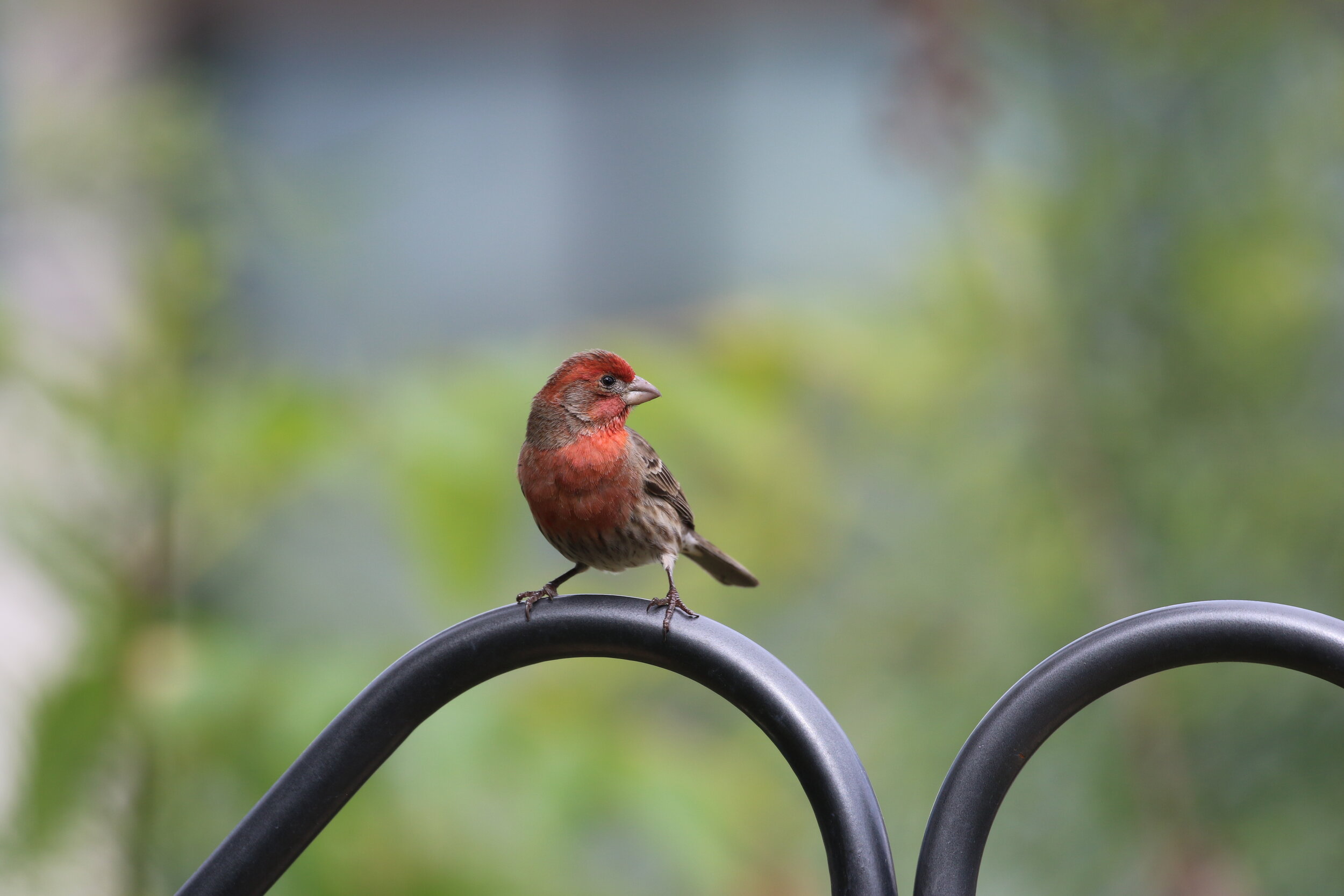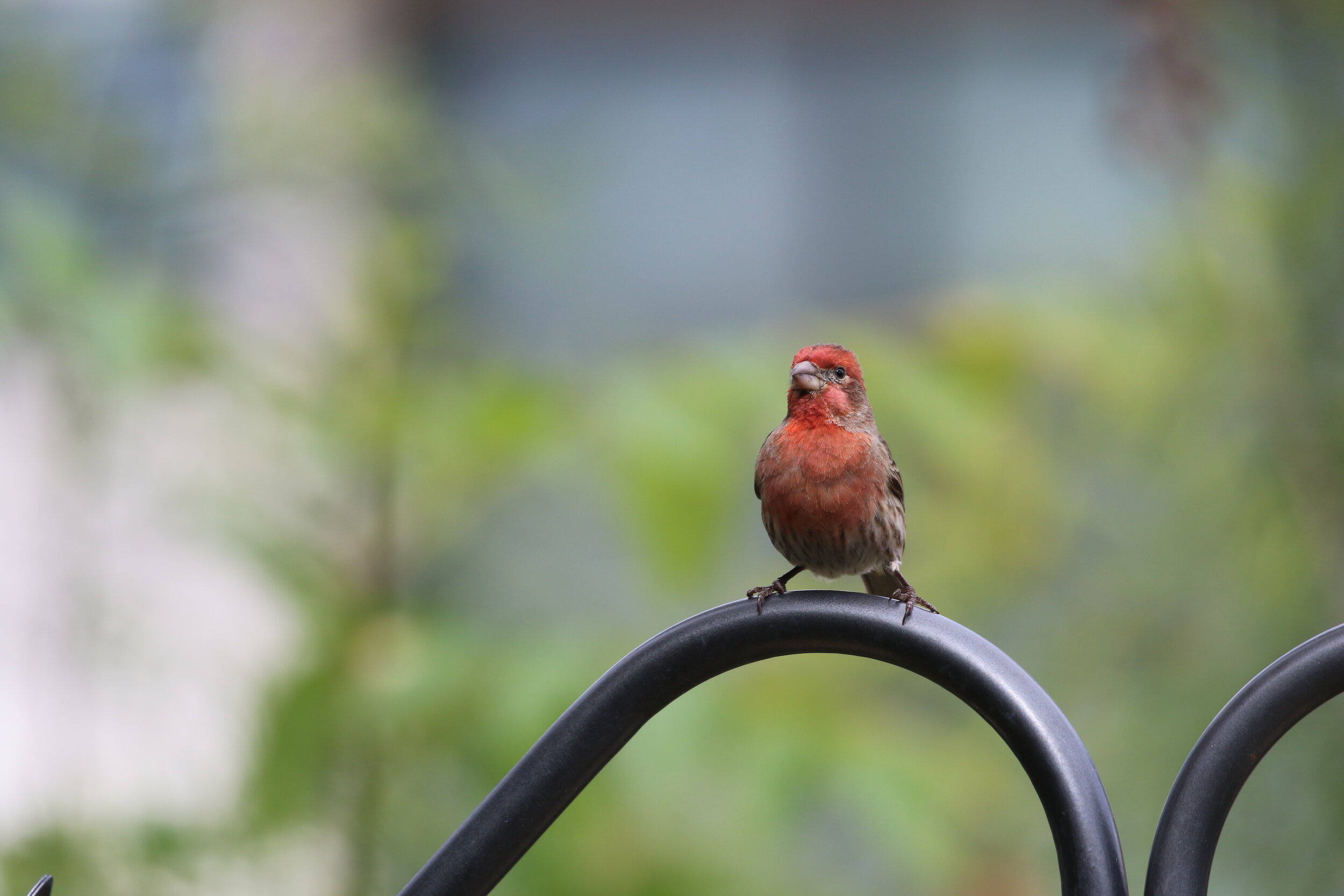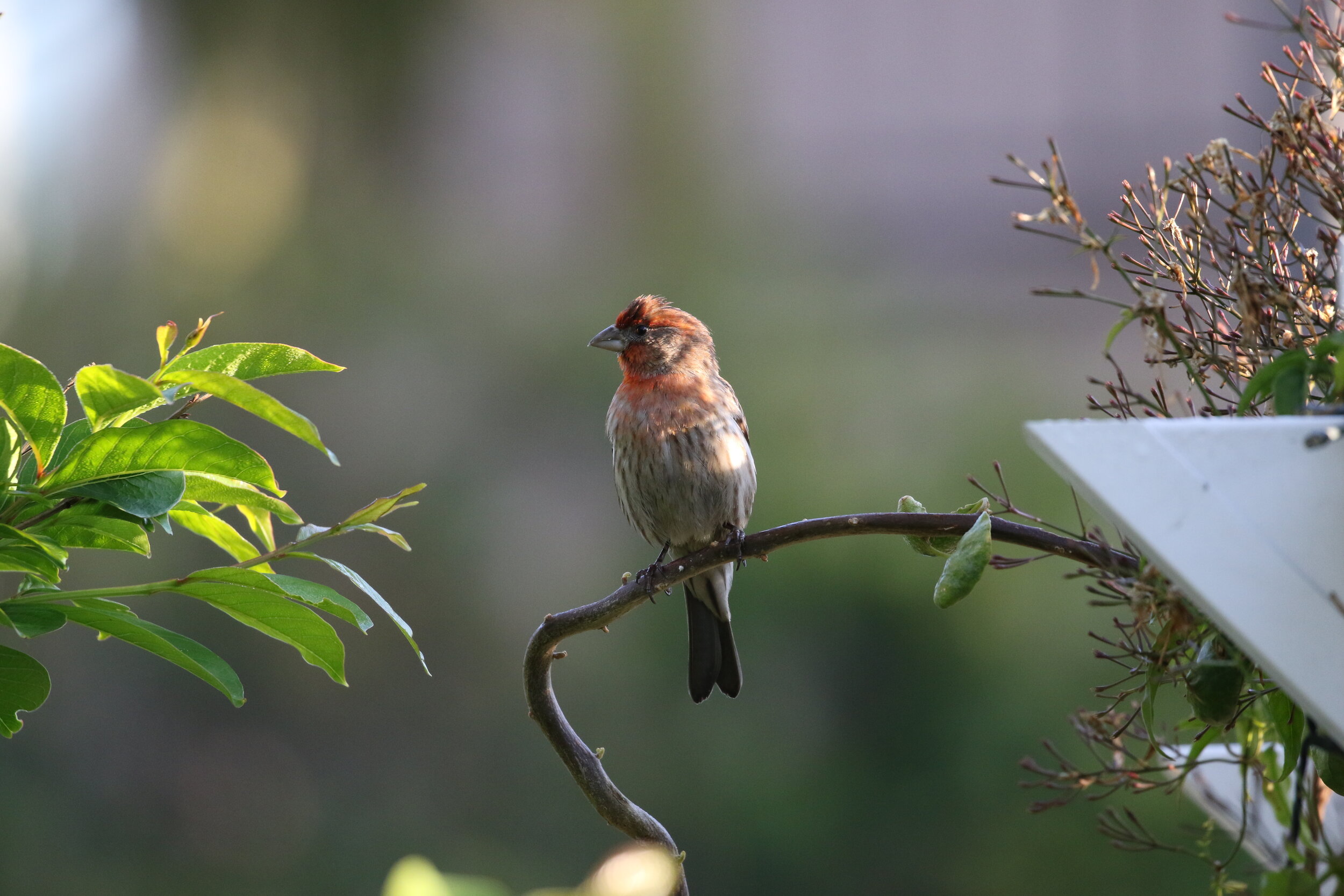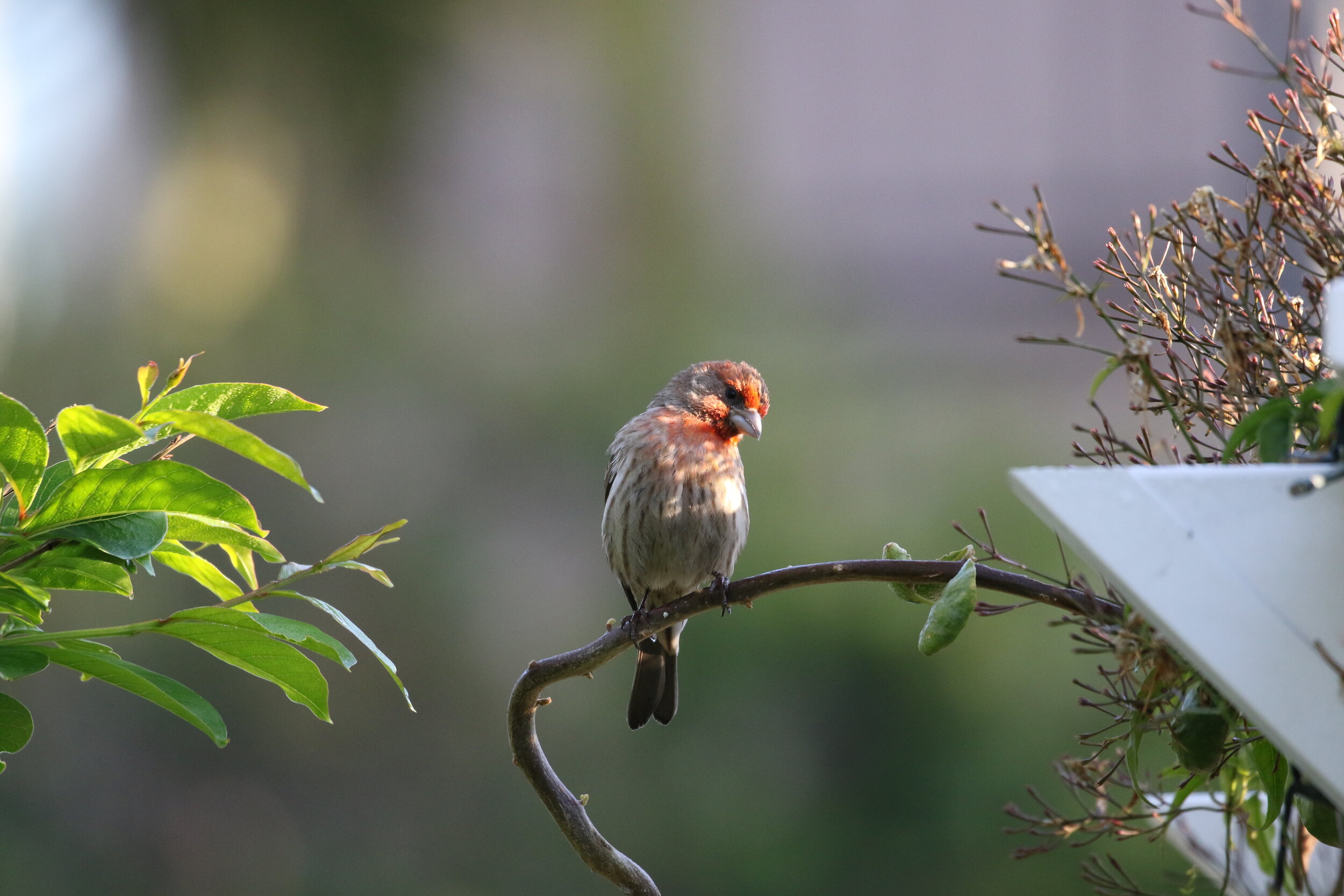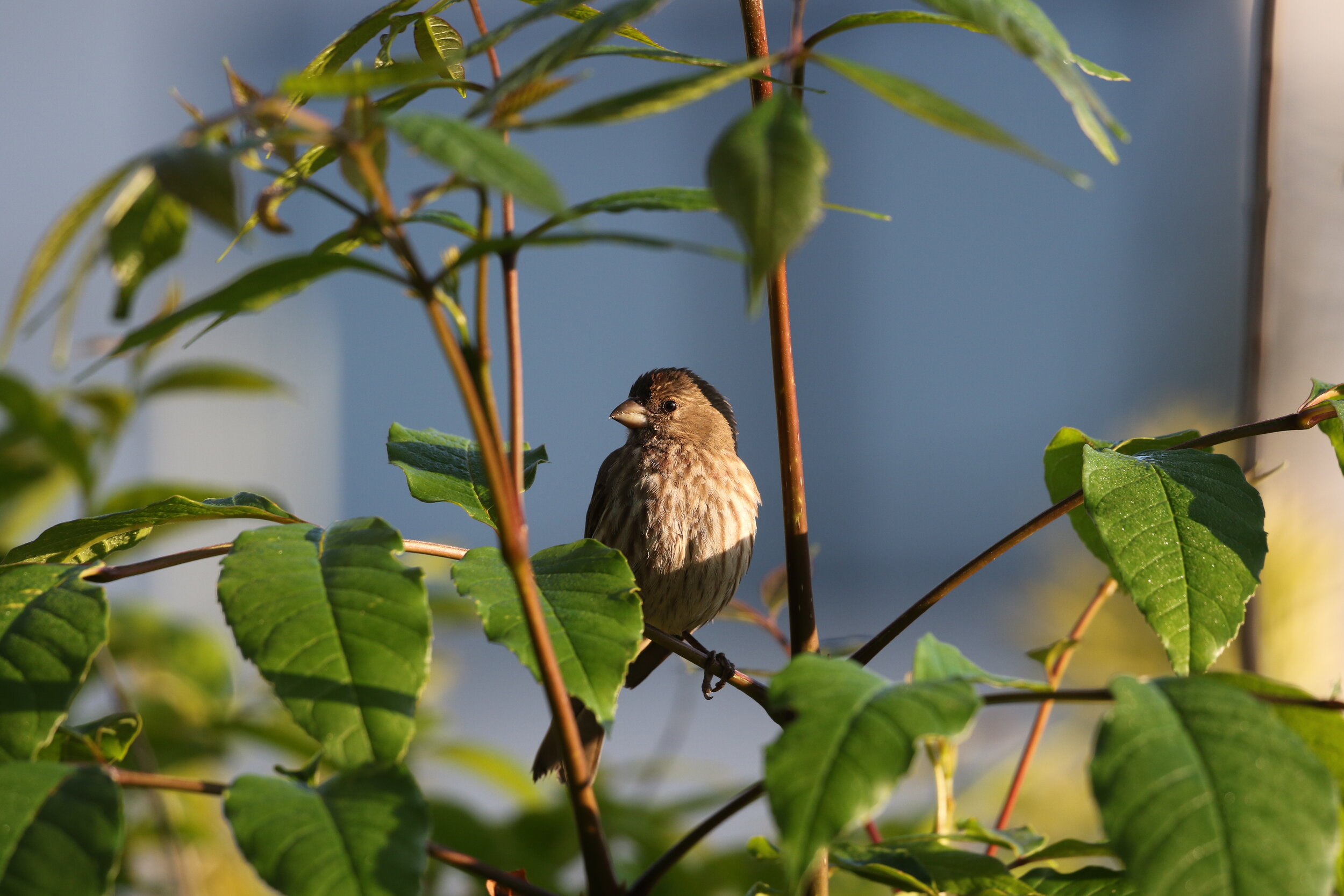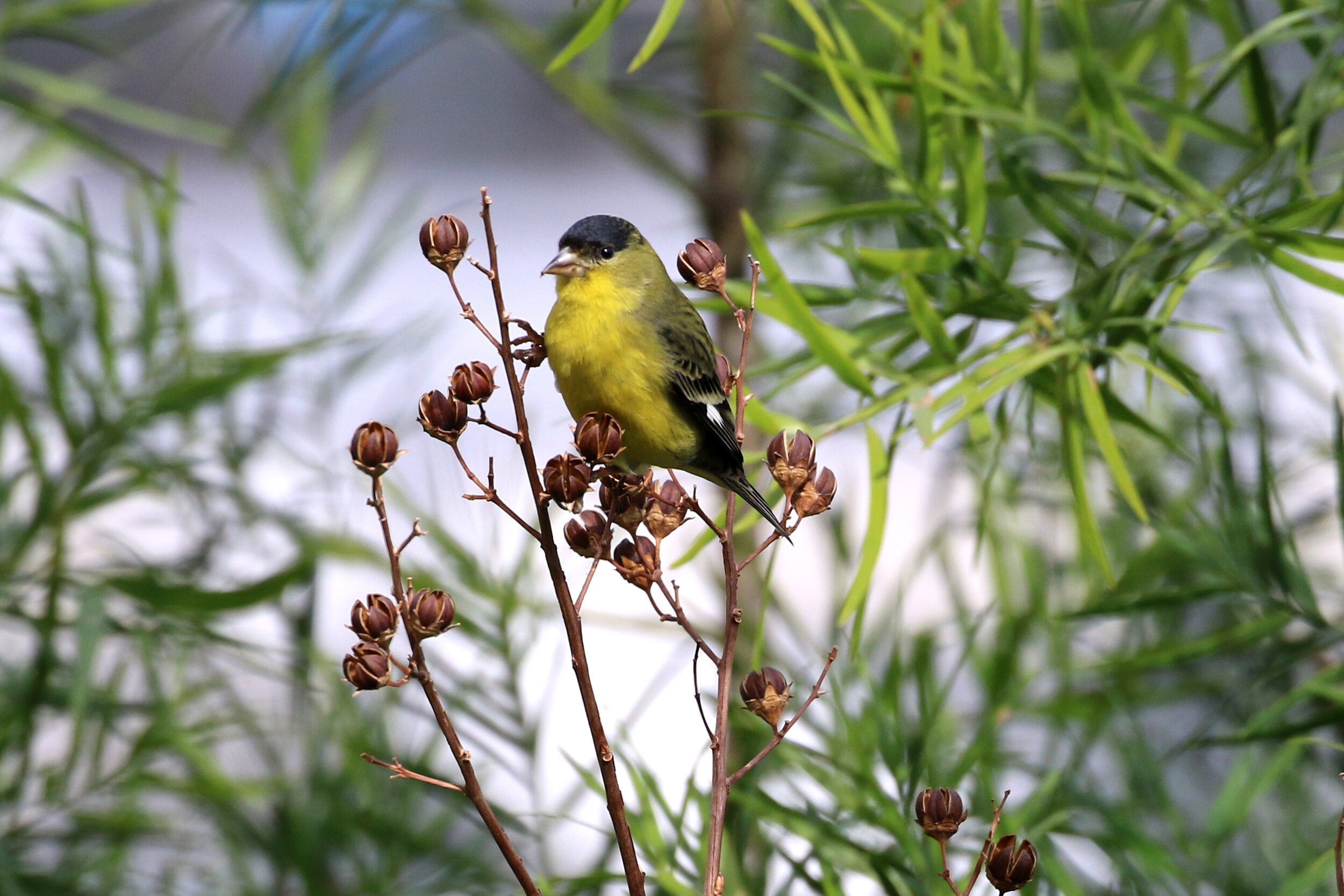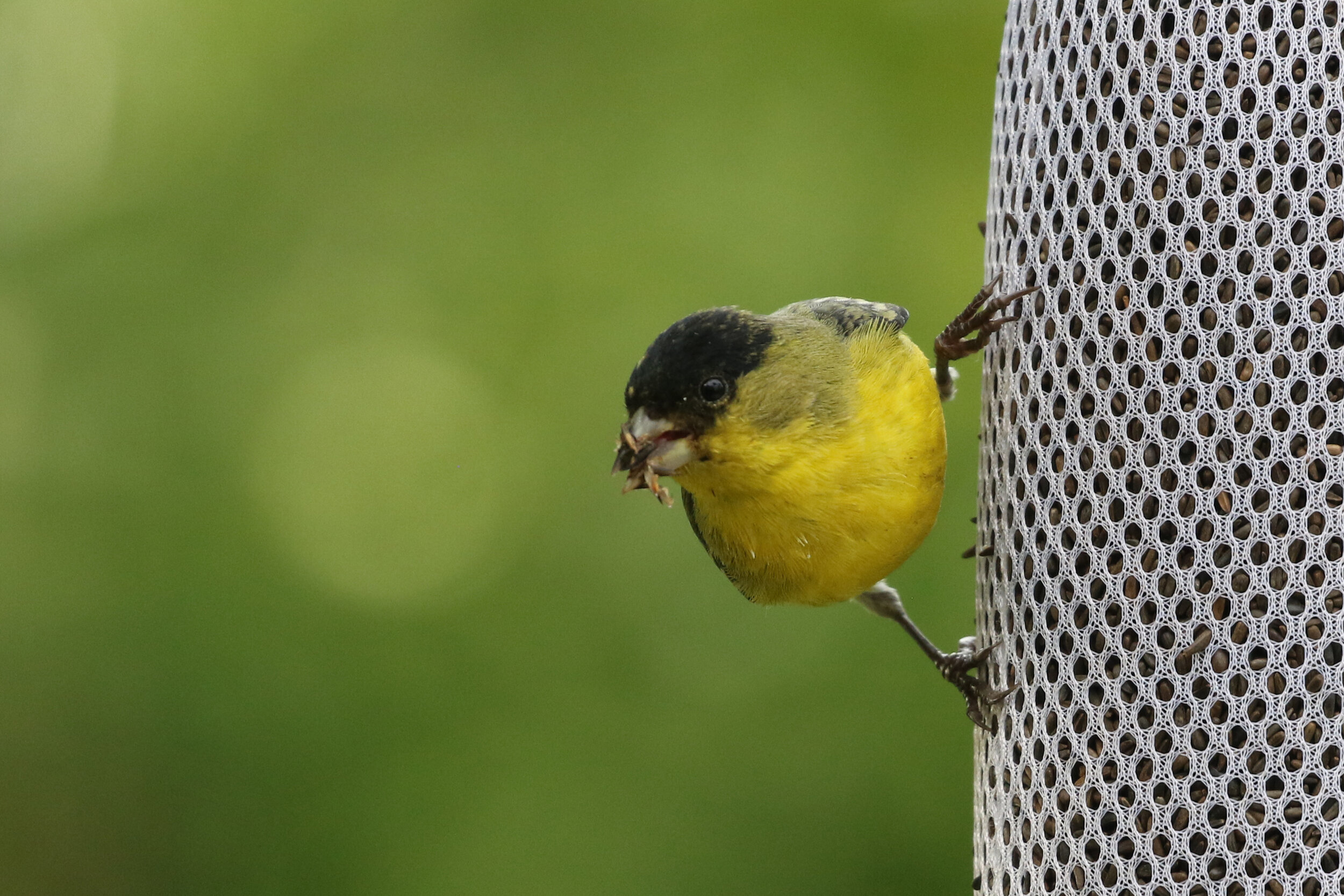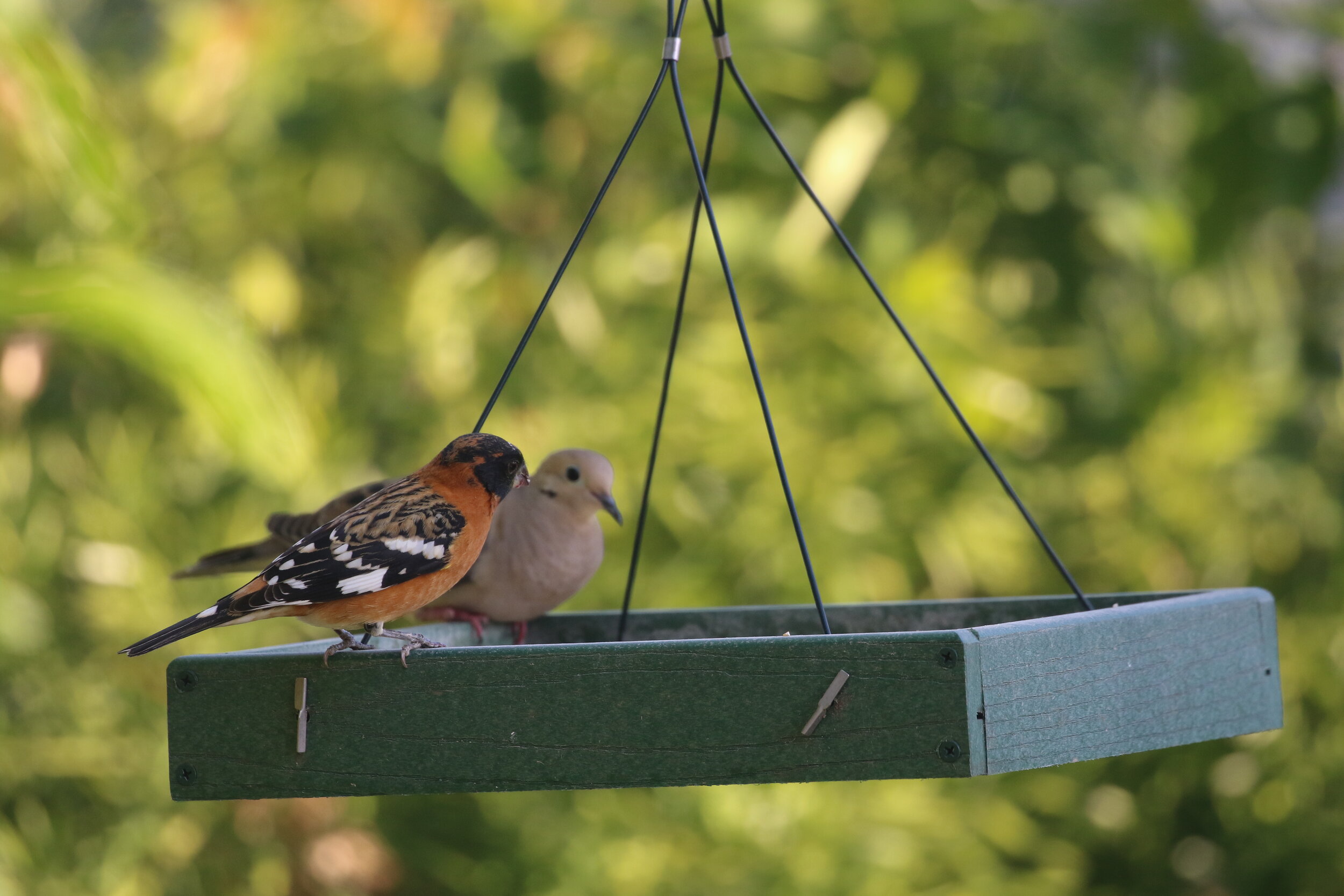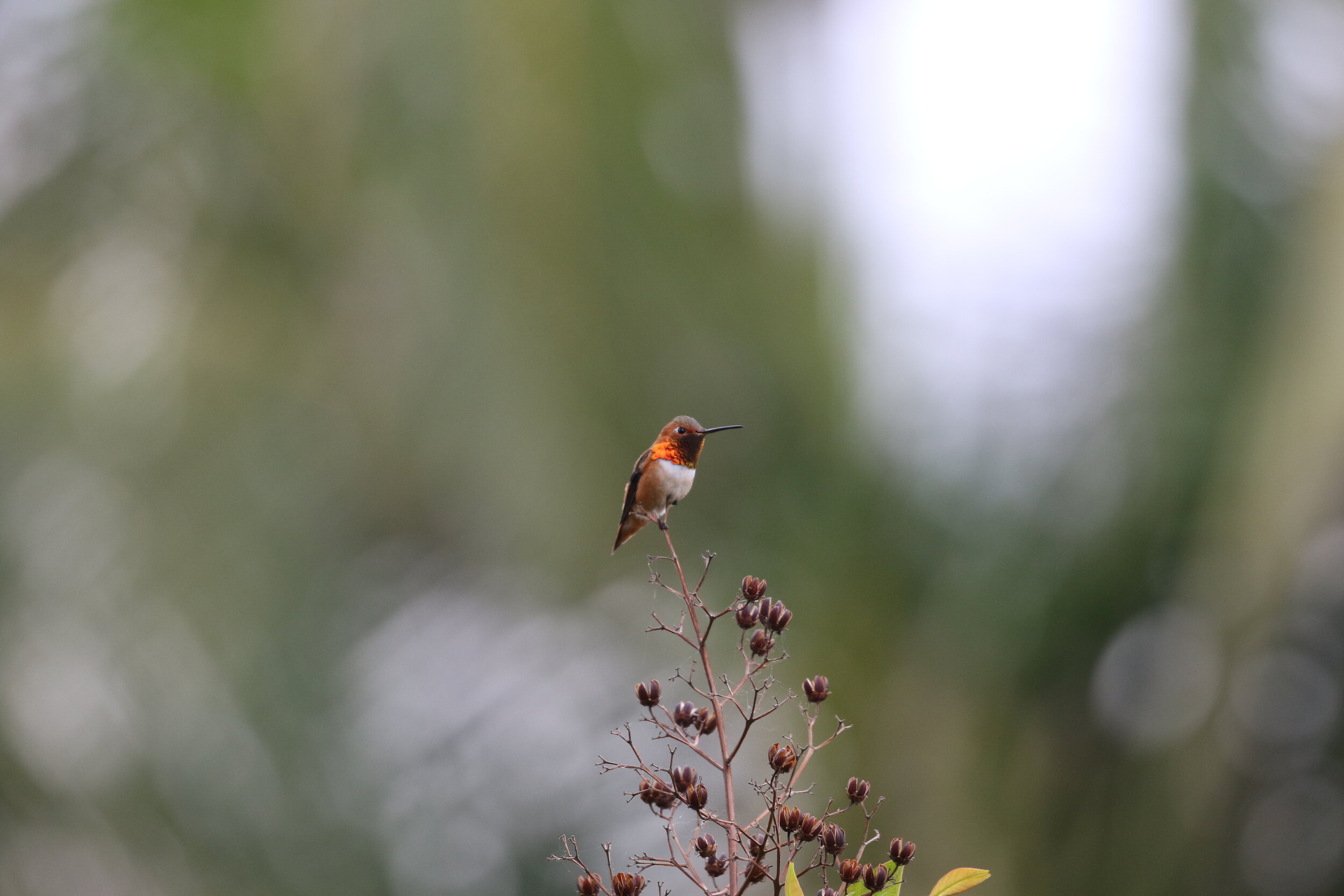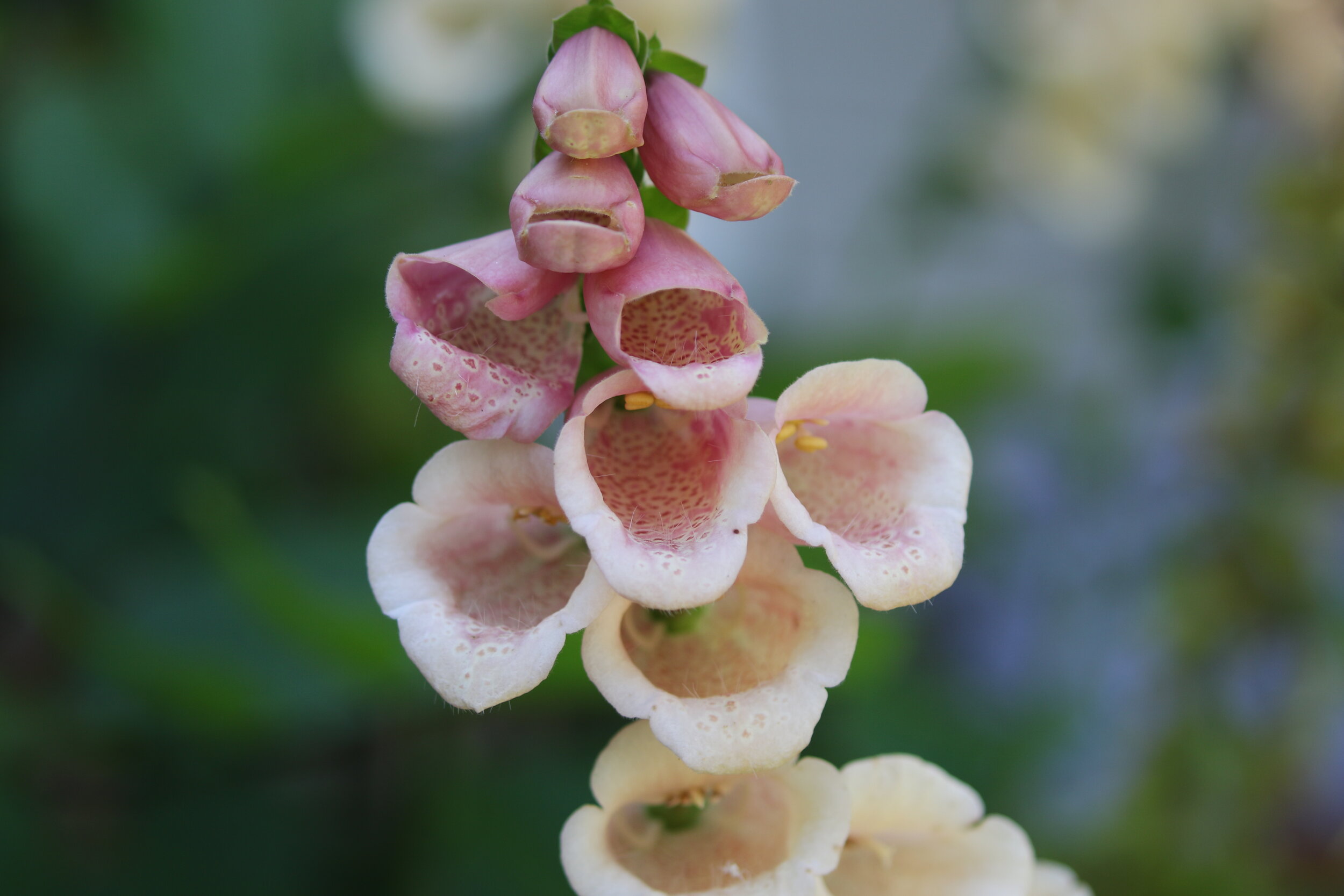Secluded Staycations: Luxe, Little Known, Los Angeles Birding
/One of the most rewarding aspects of birding is finding new and unexpected spots to point your binoculars. Bird enthusiasts in Los Angeles have an abundance of options when it comes to the sheer diversity of bird species and places to observe them in the local region, but the hunt for new places to explore is always part of the fun, and the more unlikely the better.
One surprising alternative to the same heavily trafficked parks and hiking trails is hidden in plain sight—some of the best hotels in the L.A. area feature spectacular birding from the comfort of their grounds and even the privacy of their rooms. In this time when we find ourselves keeping closer to home, these hotels offer opportunities for tranquil birding staycations without risking travel or crowds.
A Quiet Canyon Retreat
The Hotel Bel Air is a birder’s paradise with Old Hollywood pedigree tucked away in the canyons. The Bel Air has an elegant and distinctly Southern California style, updated in 2011 with a more contemporary feel that still nods to its rich history. The best birding at the Bel Air is on the canyon side rooms, which attract a host of avian visitors to their secluded private patios.
If you want to stretch your legs, the grounds of the Bel Air are extensive and designed almost like a botanic garden, with plant species labeled and ample room for observing the wildlife attracted to the lush foliage. One of my favorite garden flowers at the hotel is the pink abutilon that trails along the walking paths on the lake side of the property. The lake itself draws a variety of indigenous waterfowl and is also home to the Bel Air’s beloved swans, whose images appear as a recurring motif throughout the hotel. The Swan Lake Suite (a favorite of Cary Grant and Gene Kelly) boasts a breathtaking view of its namesake.
Greener Pastures on the East Side
The Langham in Pasadena is the East Side’s answer to the Hotel Bel Air, with a more traditional feel to its design. The Cottages at the Langham have patios that open onto the grounds, where the flowering plants attract hummingbirds and other pollinators just outside your door. If you choose instead to stay on the seventh floor of the main building, you’ll be treated to an eye level view of woodpeckers as they flit and peck about the treetops. Strolling the grounds in the early morning or dusk, expect to see (and hear!) geese flying in formation overhead.
If you’re looking to venture beyond the hotel grounds, the Huntington Library and Gardens and Descanso Gardens are both close by and offer more opportunities for safe and distanced outdoor exploring and are each home to more than one hundred species of birds. Both gardens currently require advance ticket reservations to maintain a reduced capacity for safe distancing.
A Breath of Fresh Air on the Beach
Lovers of sea and shorebirds will find their birding utopia at the modern and beachy Fairmont Miramar Hotel & Bungalows in Santa Monica. The ocean-view rooms claim breathtaking Pacific Ocean vistas from their balconies where you can watch gulls soar through the air, sandpipers scamper across the beach, and pelicans make spectacular dives for fish.
If you keep your eyes on the waves, you may be treated with a view of a pod of dolphins or migrating humpback whales (look for the spouts!). Although the ocean is the main attraction at the Miramar, you can also roam to the readily accessible hiking trails in the nearby Santa Monica Mountains, where red-tailed hawks make their home.
In Los Angeles, we’re lucky to have the biodiversity of the natural world so deeply integrated into the city itself, where it’s easy to enjoy the wellness benefits and calming presence of nature alongside the comfort of a polished urban environment. For bird loving Angelenos, adding new species to your life list while recharging in a serene environment is just a reservation away.
Sarah Barnard is a WELL and LEED accredited designer and creator of environments that support mental, physical and emotional wellbeing. She creates highly personalized, restorative spaces that are deeply connected to art and the preservation of the environment. An advocate for consciousness, inclusivity, and compassion in the creative process, Sarah’s work has been recognized by Architectural Digest, Elle Décor, Real Simple, HGTV and many other publications. In 2017 Sarah was recognized as a “Ones to Watch” Scholar by the American Society of Interior Designers (ASID).



